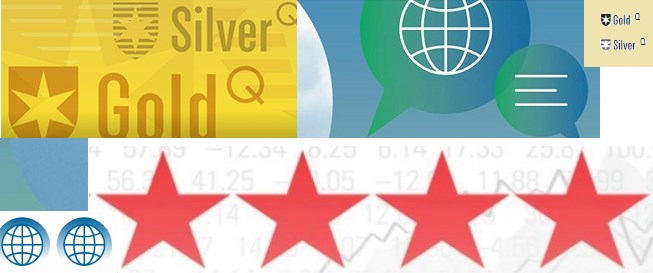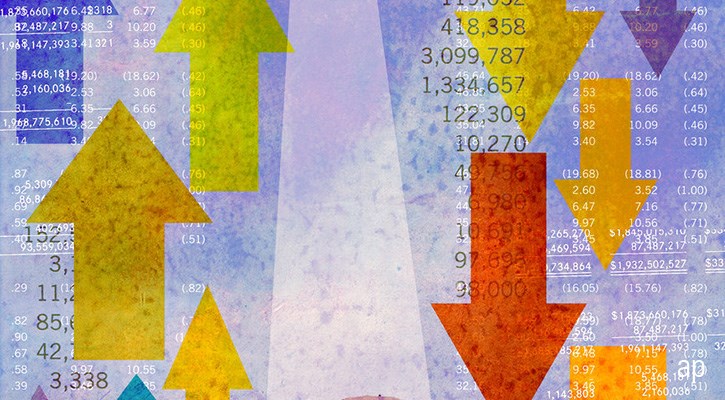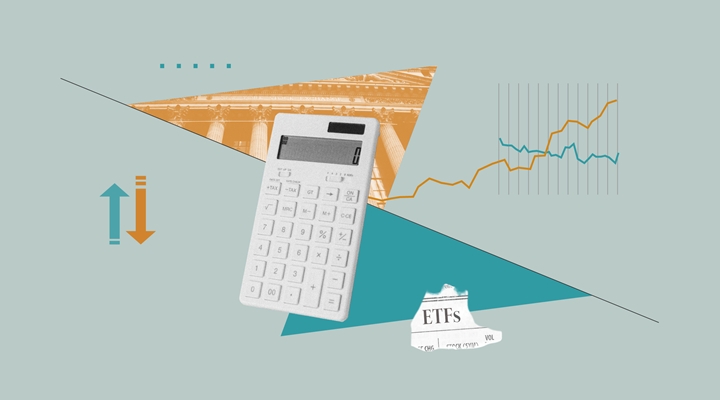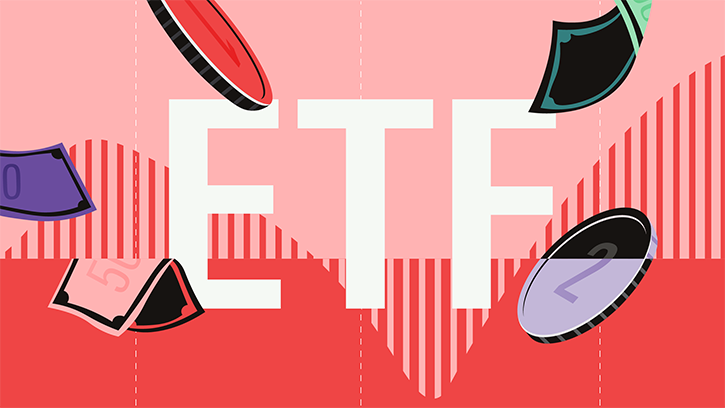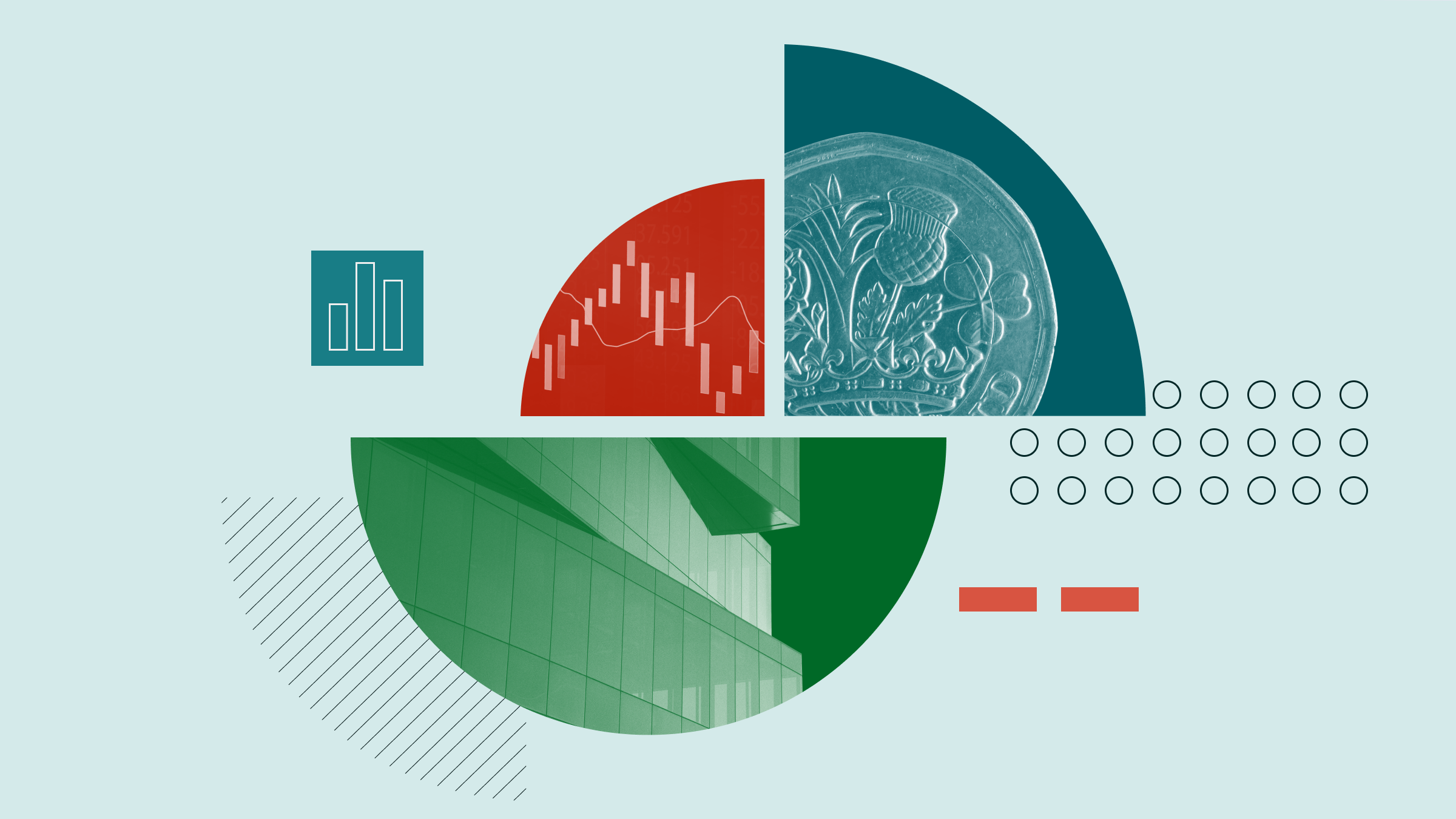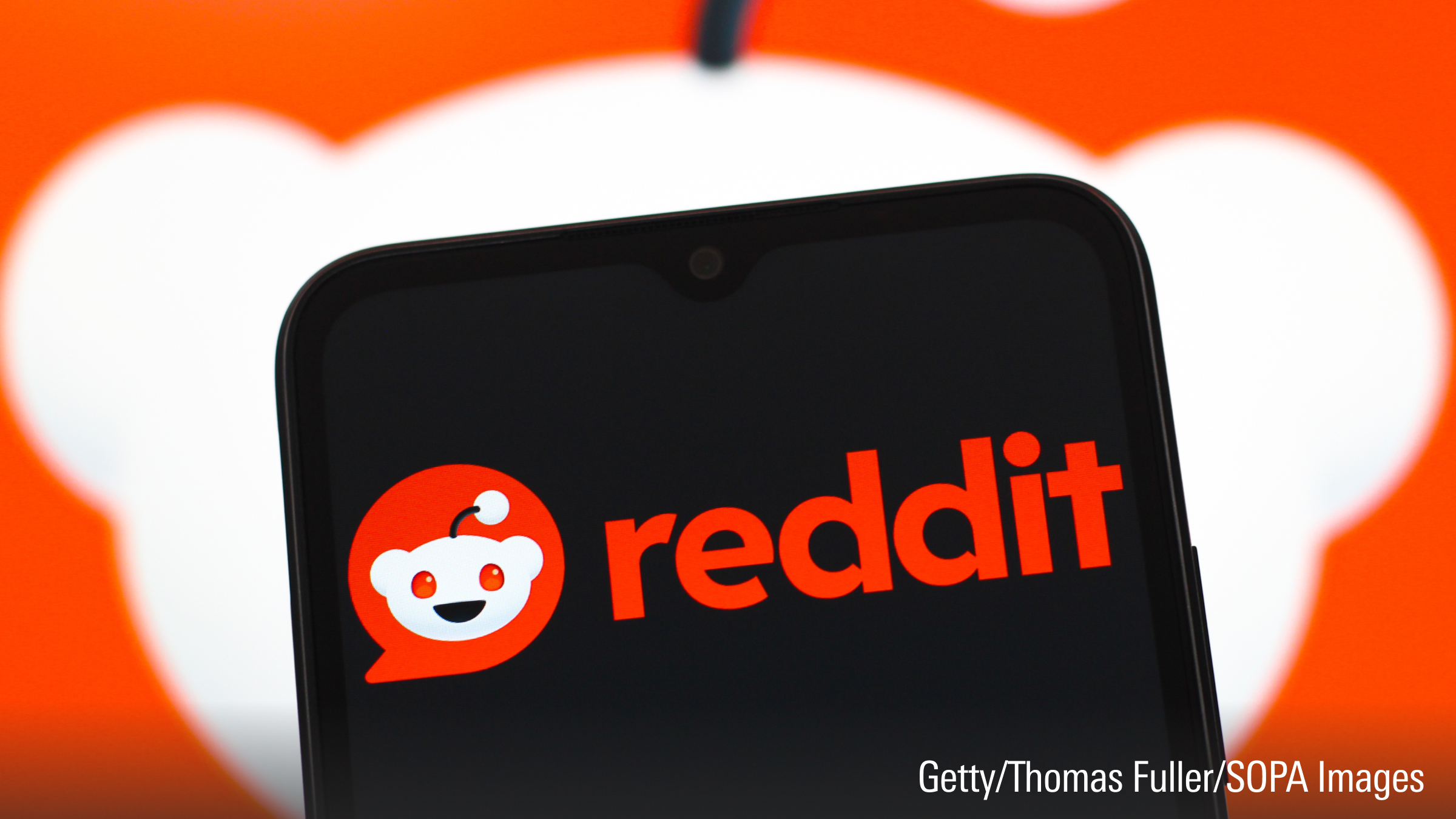
Investors’ infatuation with thematic funds shows no sign of abating, and the global thematic menu has expanded in number and breadth like never before.
At the end of December 2021, there were 1,952 surviving funds in Morningstar’s global database fitting our definition of thematic.
Net inflows in 2021 were particularly noteworthy: last year global net inflows equalled $188 billion, dwarfing the previous year’s record inflows of $139 billion. A record 589 new thematic funds debuted globally in 2021, more than double the previous record of 271 funds launched in 2020.
These funds attempt to harness secular growth themes, such as technology themes like artificial intelligence, generational trends like those exhibited by Generation Z, and, in the physical world, themes like renewable energy or climate change. We detail these findings in our latest Global Thematic Funds Landscape.
A Powerful Narrative
Thematic funds appeal to investors because they are relatively easy to understand. Investing themes tend to tap into powerful narratives that are often well-known to investors, including ageing populations, the shift to a digital economy, or the rise of electric vehicles. That arguably makes them easy to relate to.
Morningstar senior behavioral scientist Sarah Newcomb endorses this theory, and says they exert a strong "pull" on investor emotions.
“Why can stories be so powerful?”, she asks.
“Because stories drive financial behaviour. The specific stories we decide to believe and internalise will play an influential role in shaping our future decisions, for better or worse. Whether a client is asking you to put their money into cash or wildly speculative investments, they are doing so based on a story in their mind.
“Generally, in a story, we're able to make an emotional connection to what's happening. Emotions solidify memories and add salience to an experience. So, if something is emotionally charged, we're more likely to remember it and place higher importance on it”.
In addition, thematic products are closely linked to current affairs. It is no coincidence that in 2020, when swathes of the world were in lockdown, strategies exposed to connectivity (remote working, online entertainment, e-commerce) were among the best performers. This is another important point: returns remind us that a theme can be successful one year and not be successful the next one.
Fashion Versus Trend
Thematic fund launches are a bull market phenomenon. Their launches tend to move in cycles, as new strategies are often introduced during periods of strong performance. More precisely, they are concentrated towards the end of a bullish cycle.
It is also interesting to note that, in 2021, more than two thirds of thematic funds underperformed the Morningstar Global Markets Index. This is a sharp reversal from their stellar showing in 2020, highlighting the volatility that goes hand in hand with thematic investing. That is why it's crucial for long-term investors to differentiate fashions from secular trends.
“Many of these funds cross the border into gimmick territory”, says Kenneth Lamont, manager research analyst for Morningstar.
“Investors have often piled into these funds at precisely the wrong time, only to be disappointed. Investors mulling thematic funds should think long and hard about whether a particular theme has long-term investment merit or if it is a mirage.”
Three Bets to Win
Investors in thematics are essentially making three bets: that their chosen theme will grow as expected, that the companies their funds hold are positioned to profit from the growth of that theme, and that profit growth will translate into attractive stock returns.
The truth is the probability of winning these bets is low (but the prospective payout can be high). The graph below shows the percentage of funds that survive and outperform a global equity benchmark (like the Morningstar Global Markets Index) over various time periods.
As we move from left to right we can see two things: as a fund ages the probability it will close increases (the orange bar), and of the survivors, the probability that they will outperform the global market decreases (blue bar).
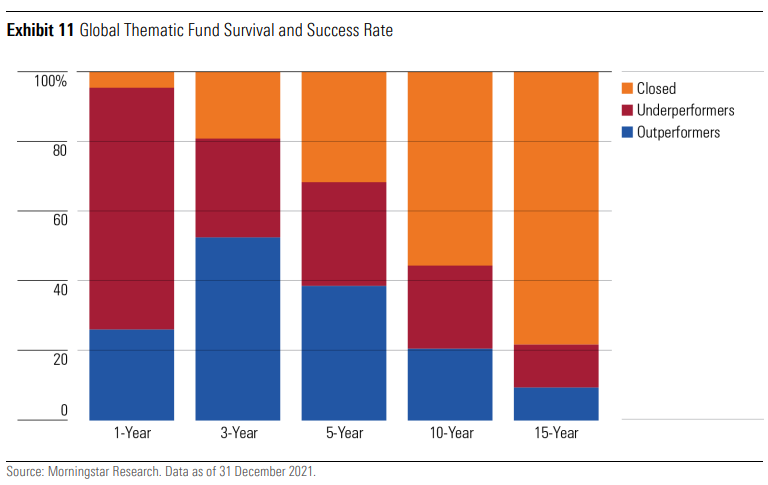
These instruments, which have advantages in terms of portfolio diversification and dynamism, should nevertheless represent a small part of the total allocation. In the end, you probably should ask yourself: will the thematic fund I buy today still exist in 10 years, and, if they do, will their themes and underlying holdings still be relevant?








